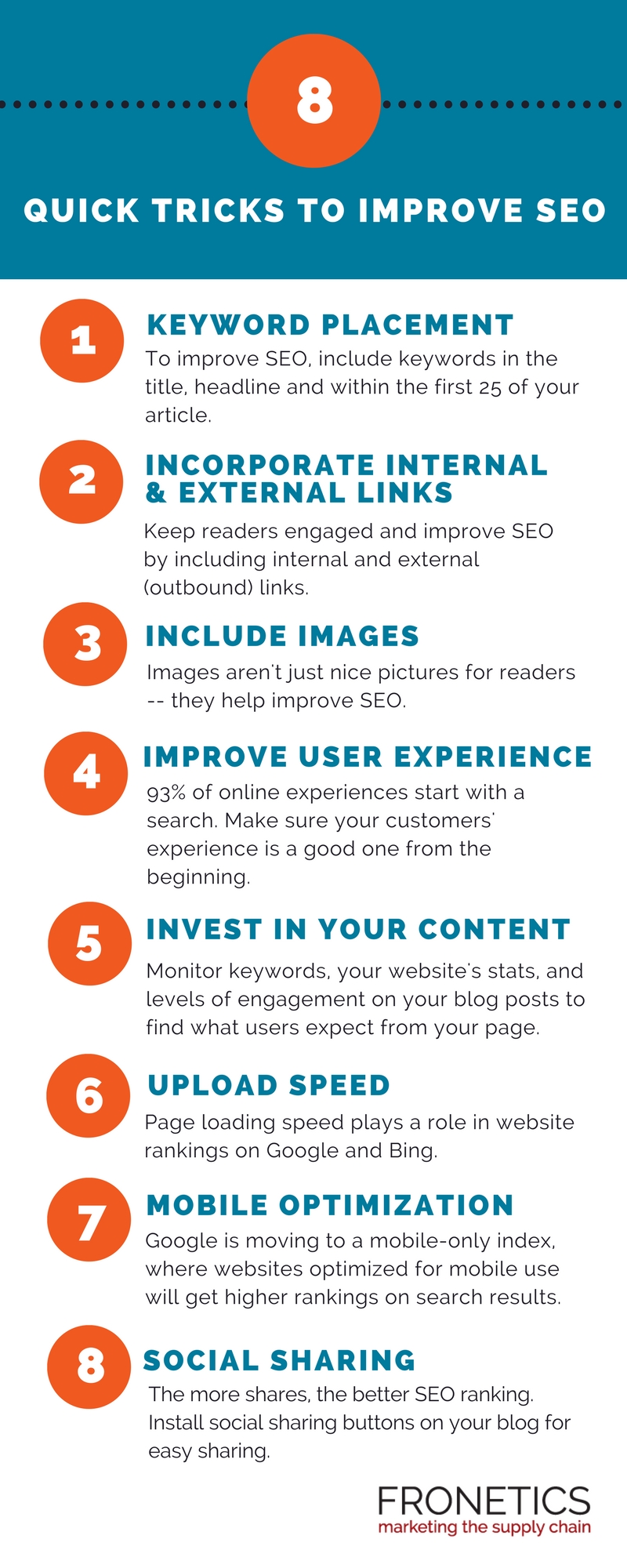
How to Identify Topic Clusters for Your Business
These 5 steps will help you identify topic clusters for your business that improve your search engine visibility and drive traffic to your website.
As search engines adjust their algorithms to be more sophisticated, marketers have the opportunity to structure content strategically to optimize website search rankings. We’ve written in detail about this new reality in our writing for SEO series.
One of the best ways to strategically structure your content is with the topic cluster model, in which broad cornerstone content is contained on pillar pages, and related subtopics are contained in cluster content. Each grouping of subtopics and corresponding pillar page is called a topic cluster.
Learn more about topic clusters and pillar content here.
What is a topic cluster?
This structure is intended to build authority and influence for your business in the eyes of search engines and visitors. Effectively using a topic cluster structure is the best way to drive relevant traffic to your website.
First you need to identify your pillar content. HubSpot’s Leslie Ye sums up her philosophy of choosing pillar content, saying, “Ask yourself this: would this page answer every question the reader who searched X keyword had, AND is it broad enough to be an umbrella for 20-30 posts?”
The key takeaway here is that your core topics need to be broad enough to encompass a fair amount of content, narrow enough to allow you to fully address the topic with your content, and, most importantly, they need to be in an area of expertise for your business.
So how do you identify topic clusters strategically? Below are five steps to get you started.
5 steps to identify topic clusters
1) Chart out five to ten primary issues that your target buyer persona faces. You can do this by running interviews, conducting surveys, and researching within online communities like Quora to gather your data.
2) Group each of the issues into broad topic areas.
3) Using keyword research, flesh out each of the core topics with subtopics.
4) Audit your historical content, and map it to align with each of the core topics and surrounding subtopics.
5) Assess where your content makes the strongest cases. Those are your core topics.
Related posts:



